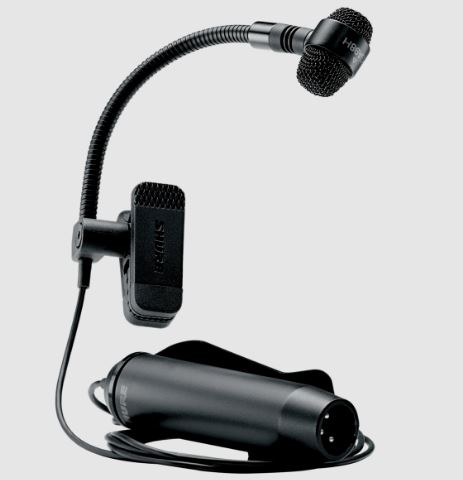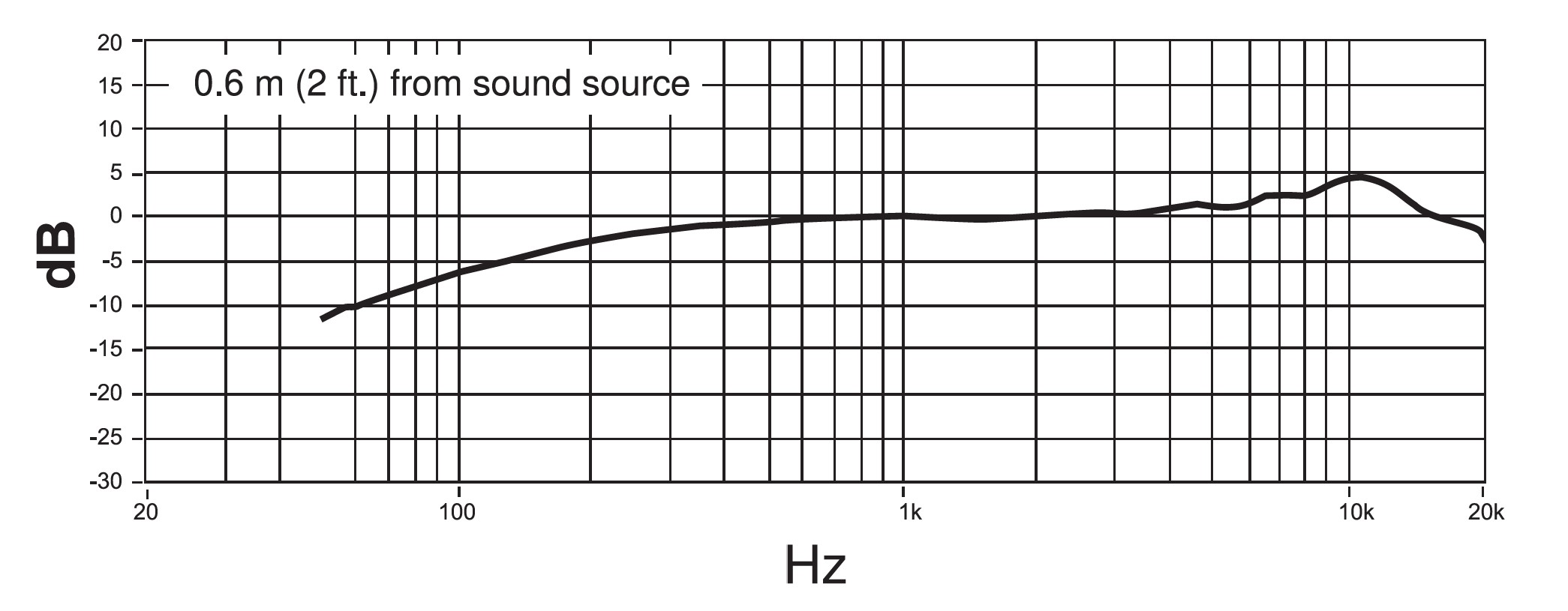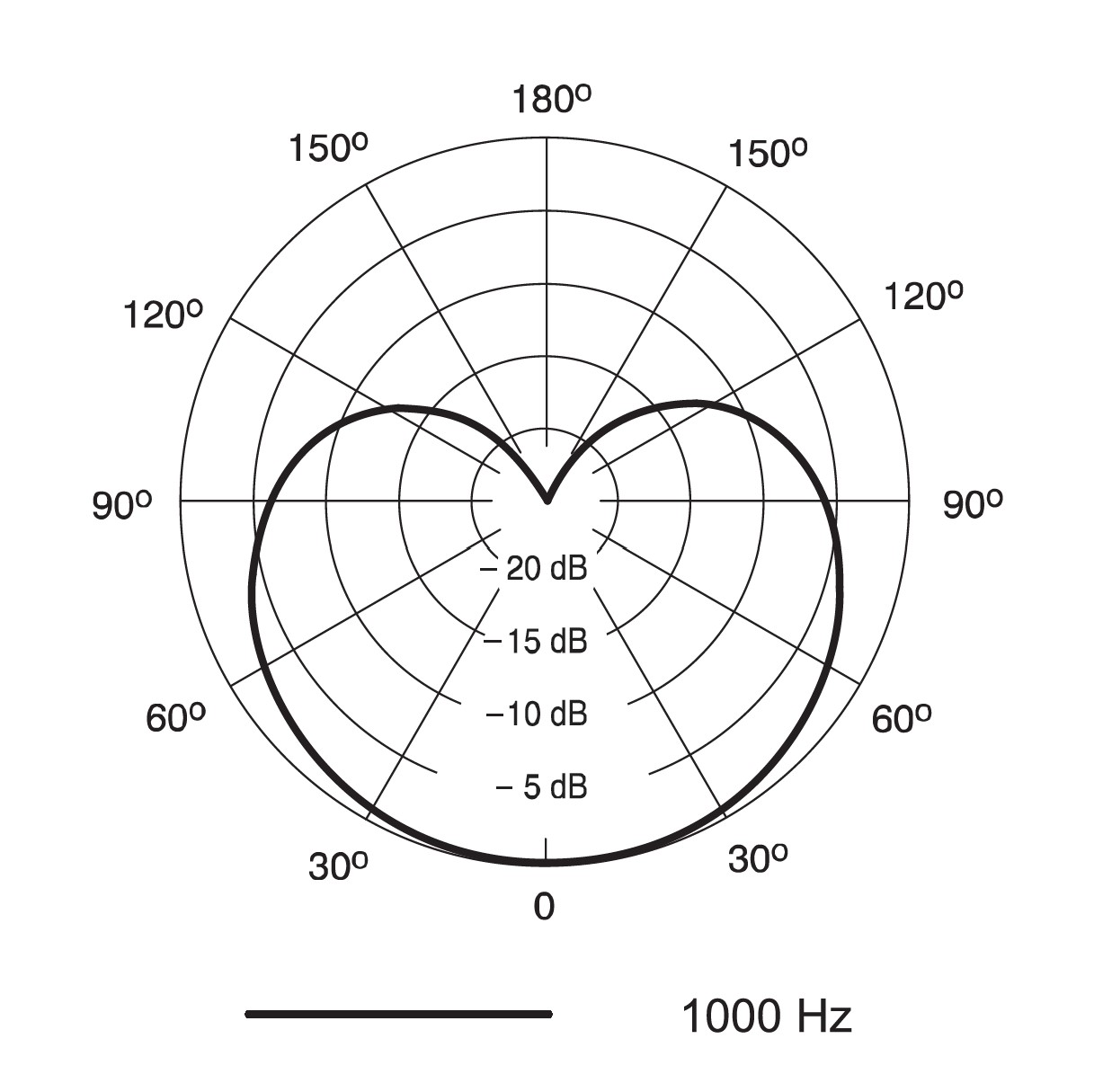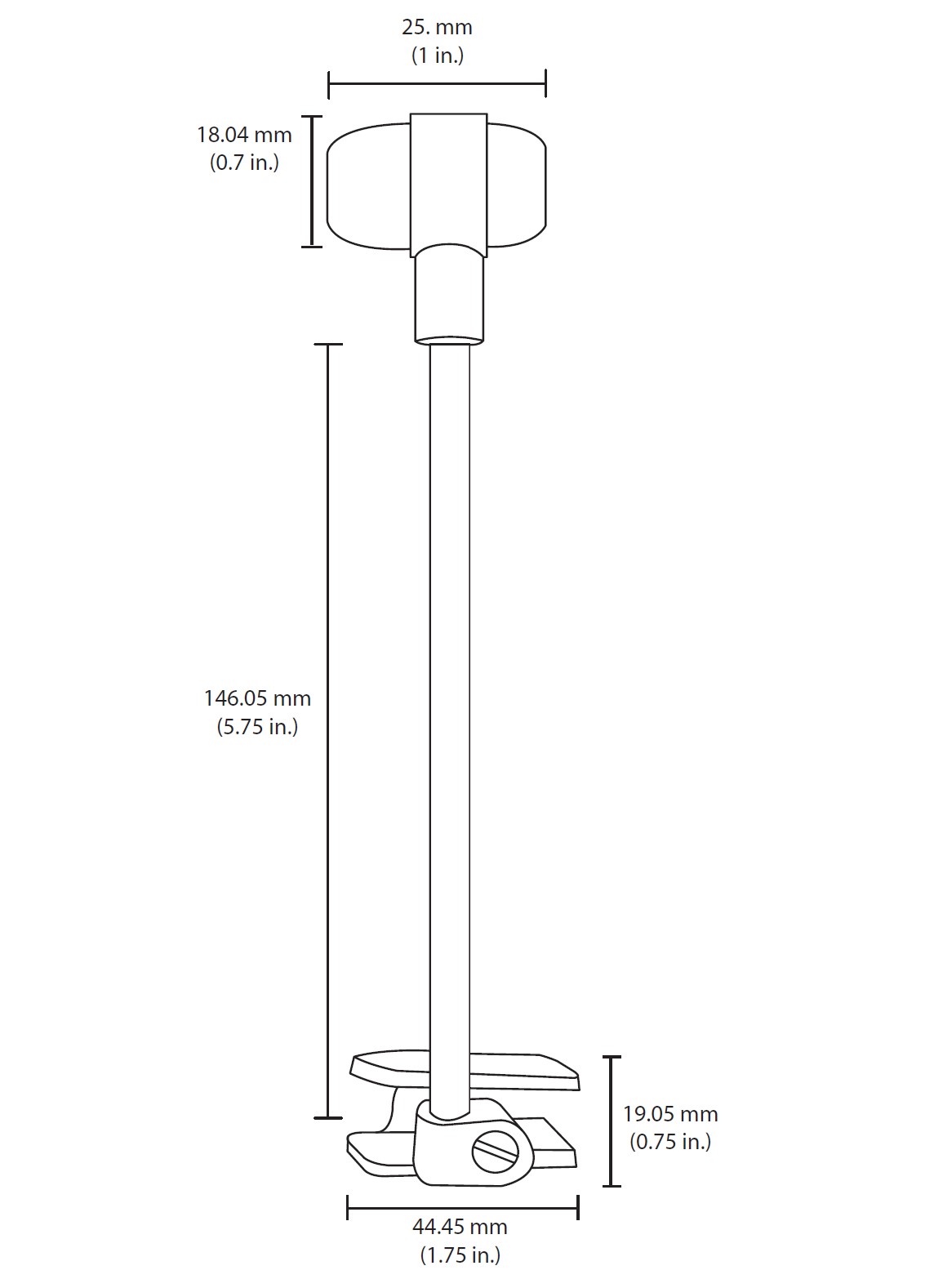
Shure PGA98H Condenser Microphone

ABOUT Shure
Shure is a renowned American audio electronics company that specializes in the design and manufacturing of high-quality microphones, headphones, earphones, wireless systems, and other audio equipment. The company was founded in 1925 by Sidney N. Shure and is headquartered in Niles, Illinois.
Shure has established itself as a leading brand in the professional audio industry and is highly regarded for its superior sound quality, durability, and reliability. Its products are widely used by professionals in various fields, including music production, broadcasting, live sound reinforcement, recording studios, and corporate settings.
One of Shure’s most iconic products is the Shure SM58 microphone, which has become a standard in the music industry and is known for its ruggedness and vocal clarity. The company offers a wide range of microphones for different applications, including dynamic microphones, condenser microphones, and lavalier microphones.
In addition to microphones, Shure produces high-quality headphones and earphones for professional and personal use. Their headphone models, such as the Shure SRH840 and SRH1540, are known for their accurate sound reproduction and comfortable fit.
General Rules for Use
- Do not cover any part of the microphone grille with your hand, as this will adversely affect microphone performance.
- Aim the microphone toward the desired sound source (such as the talker, singer, or instrument) and away from unwanted sources.
- Place the microphone as close as practical to the desired sound source.
- Work close to the microphone for extra bass response.
- Use only one microphone to pick up a single sound source.
- For better gain before feedback, use fewer microphones.
- Keep the distance between microphones at least three times the distance from each microphone to its source (“three to one rule”).
- Place microphones as far as possible from reflective surfaces.
- Add a windscreen when using the microphone outdoors.
- Avoid excessive handling to minimize pickup of mechanical noise and vibration.
Model Variations
PGA98H-XLR: Standard 3-pin XLR output with integrated belt-clip preamplifier (requires phantom power) PGA98H-TQG: 4-pin TQG output for use with wireless transmitters
Phantom Power
All condenser microphones require phantom power to operate. This microphone performs best with a 48 V DC supply (IEC-61938), but it can operate with lower voltages.
Phantom power is provided by the mixer or audio interface that the microphone is connected to and requires the use of a balanced microphone cable: XLR-to-XLR or XLR-to-TRS. In most cases, there is a switch or button to activate the phantom power. See the user guide for the mixer or interface for additional information.
NOTE: This microphone is compatible with non-Shure bodypacks that have a TQG connector and supply 5V on pin 2.
Mounting the Microphone
Use the integrated clamp to quickly and securely attach the microphone to horns or other instruments.
- Squeeze the clamp to open it, and attach it to an instrument or other object.
- Aim the microphone by rotating the swivel base and bending the gooseneck.

Aiming the Microphone
Position the microphone with the arrow pointed at the sound source.
Applications And Placement
The following table lists the most common applications and placement techniques. Keep in mind that microphone technique is largely a matter of personal taste; there is no one “correct” microphone position.
Accessories
Foam windscreen for PGA98H and PGA98D microphones: AP98WS
Specifications
- Type: Electret Condenser
- Polar Pattern: Cardioid
- Frequency Response: 60 to 20,000 Hz
- Output Impedance: at 1 kHz
- PGA98H-XLR: 850 Ω
- PGA98H-TQG: 600 Ω
- Sensitivity: at 1 kHz, open circuit voltage -52 dBV/Pa[1] (2.51 mV)
- Maximum SPL: 1 kHz at 1% THD, 1 kΩ load, typical 130 dB SPL
- Self Noise: A-weighted, typical 27 dB SPL-A
- Polarity
- PGA98H-XLR: Positive pressure on the diaphragm produces positive voltage on pin 2 with respect to pin 3
- PGA98H-TQG: Positive pressure on the diaphragm produces positive voltage on pin 3 with respect to pin 1
- Connector
- PGA98H-XLR: Three-pin professional audio (XLR), male
- PGA98H-TQG: TA4F
- Weight
- PGA98H-XLR: 245 g (0.5 lbs)
- PGA98H-TQG: 75 g (0.2 lbs)
- Housing: Cast Zinc
- Power Requirements: 11 to 52 V DC phantom power (2 mA)[1] 1 Pa=94 dB SPL



Certifications
This product meets the Essential Requirements of all relevant European directives and is eligible for CE marking.
The CE Declaration of Conformity can be obtained from: www.shure.com/europe/compliance
Authorized European representative: Shure Europe GmbH
Headquarters Europe, Middle East & Africa Department: EMEA Approval
Jakob-Dieffenbacher-Str. 12
75031 Eppingen, Germany
Phone: 49-7262-92 49 0
Fax: 49-7262-92 49 11 4
Email: info@shure.de
FAQs about Shure PGA98H Condenser Microphone
What is a condenser microphone mostly used for?
Can you use a condenser mic outside?
How do you power a condenser mic?
What equipment do you need with a condenser mic?
Why do condenser mics need power?
Do condenser mics need electricity?
Can water damage the condenser mic?
How far can the condenser mic pick up sound?
Does the condenser mic need batteries?
How is a condenser microphone built?
What mic types are condensers?
For more manuals by Shure, visit Manualsdock
[embeddoc url=”https://manualsdock.com/wp-content/uploads/2023/08/Shure-PGA98H-Condenser-Microphone-User-Guide.pdf” download=”all”]

